When I set out for Oberstdorf in the heart of the Allgäu Alps, I just wanted a place where adventure and jaw-dropping scenery collide. This southern Bavarian town is a dream if you love hiking, skiing, or watching those wild ski jumps that seem to defy gravity.
In summer, trails wander for miles through alpine fields. When winter rolls in, fresh snow transforms everything, and suddenly there’s a whole new playground for skiers.
Waking up to that crisp mountain air, I realized Oberstdorf gives you way more than just pretty views. The hiking routes stretch over 200 km, so there’s honestly a path for everyone.
In winter, gentle runs mix with some of Germany’s longest and most thrilling ski slopes. Panoramic walking trails make it easy to soak up the sights, no matter the season.
The ski jumpers really hooked me—watching them fly off those giant ramps, I felt my heart in my throat. Whether you’re hiking lush valleys or testing your nerve on snowy slopes, Oberstdorf always seems to have a new adventure waiting.
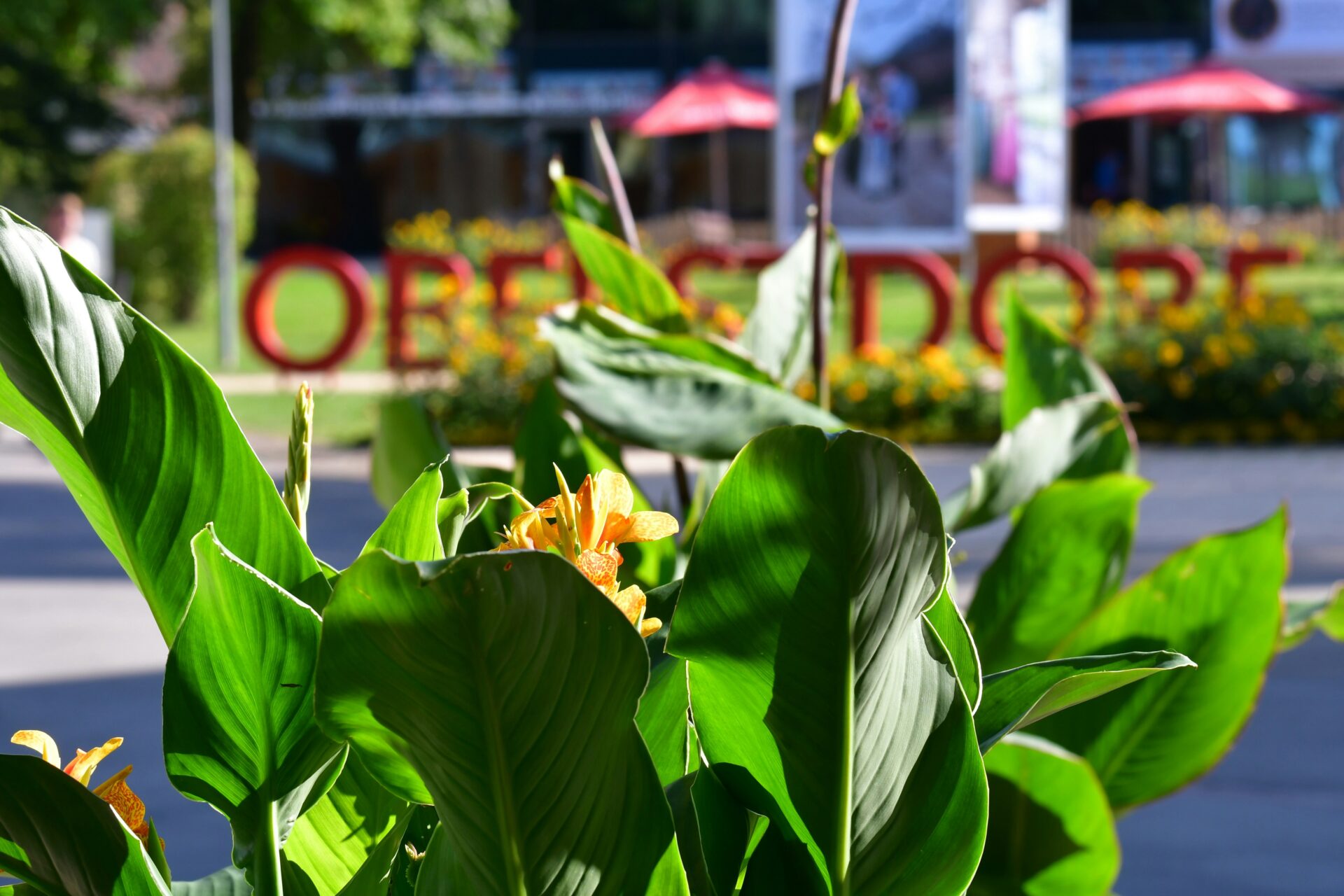
Discovering Oberstdorf and the Allgäu Alps
Landing in Oberstdorf, I instantly felt wrapped up in a calm energy. The mountain air, the green pastures, the whole vibe just slowed me down in the best way.
Everything here—the lively villages, the dramatic peaks, the old traditions—made me want to look closer and breathe it all in.
Authentic Bavarian Village Life
At Germany’s southern edge, Oberstdorf opens the door to the Allgäu Alps. The real heart of this region? Village life.
Strolling Oberstdorf’s neat streets, I passed houses with painted shutters and window boxes bursting with color. Cowbells echoed in the distance, giving the place a rustic soundtrack that stuck with me.
I visited small villages like Kornau, Schöllang, and Tiefenbach. Each spot felt different, but every one shared a warm welcome and a slower pace.
Locals greeted me on quiet lanes, and family guesthouses served up homemade cheese and bread. Every stop seemed to ask me to pause for a moment.
Breakfasts were simple but so good—fresh rolls, creamy butter, and that Allgäu cheese, sometimes eaten outside while the fog drifted off the meadows. If you want to really feel Bavarian life, these villages are honestly the best place to start.

Allgäu Alps: Geography and Nature
The Allgäu Alps are part of the bigger Bavarian Alps, stretching into Austria and Switzerland. Their rugged peaks and green valleys look totally different from anywhere else in southern Germany.
I loved how quickly the scenery changed—one minute you’re in deep forests, the next on open plateaus or by hidden lakes.
The area is a protected nature reserve, with forests packed full of life and a truly healing climate. The air felt crisp, almost sweet, and after a day outside, I slept like a rock.
Trails wind through valleys and up along ridges, and some of my favorite walks started right in Oberstdorf, leading to snowy peaks in the distance.
Nature lovers will find loads to explore—there are glacial streams, meadows with wild orchids, and quiet places where the only sound is birdsong. Up high, the silence felt like a reset button for my mind.
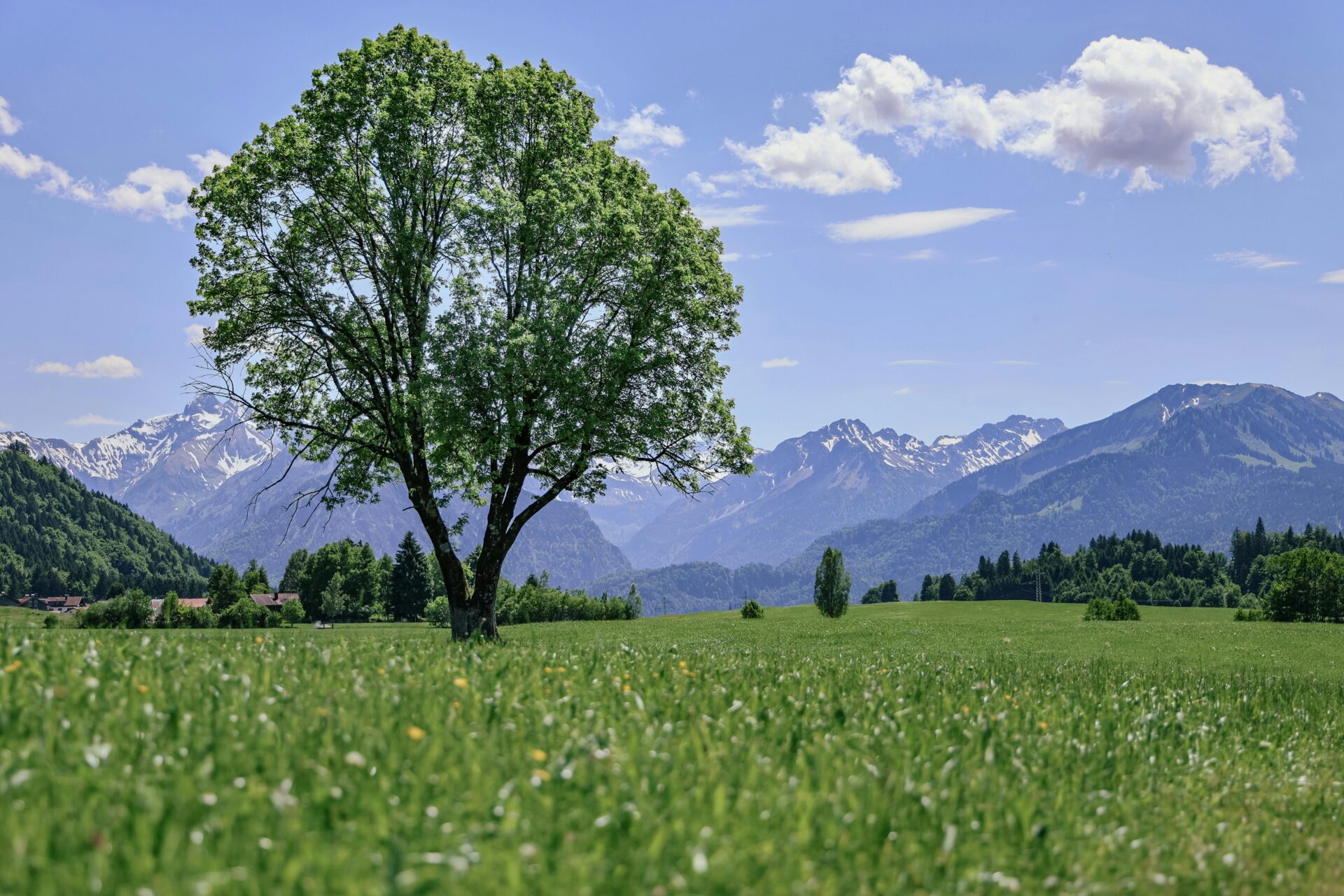
Cultural Highlights and Local Customs
Oberstdorf and the Allgäu region are proud of their traditions. I got lucky and caught a cattle drive (Viehscheid) in late summer, with cows decorated in garlands coming down from the high pastures.
Locals showed up in bright dirndls and lederhosen, and the whole thing felt like a big party, complete with music and local food.
Oberstdorf is famous for its ski jumps and even hosts part of the Four Hills Tournament every winter. While sitting in a café, I overheard stories about champion jumpers and heated debates about the best slopes.
Winter brings more than just sports—think hot mulled wine after dark and cozy traditions.
Old crafts, folk music, and Slow Food are still going strong here. Farmers’ markets sell mountain honey and smoked ham, and bakeries brag about their family recipes. Experiencing these customs made each day feel fresh but deeply connected to the past.
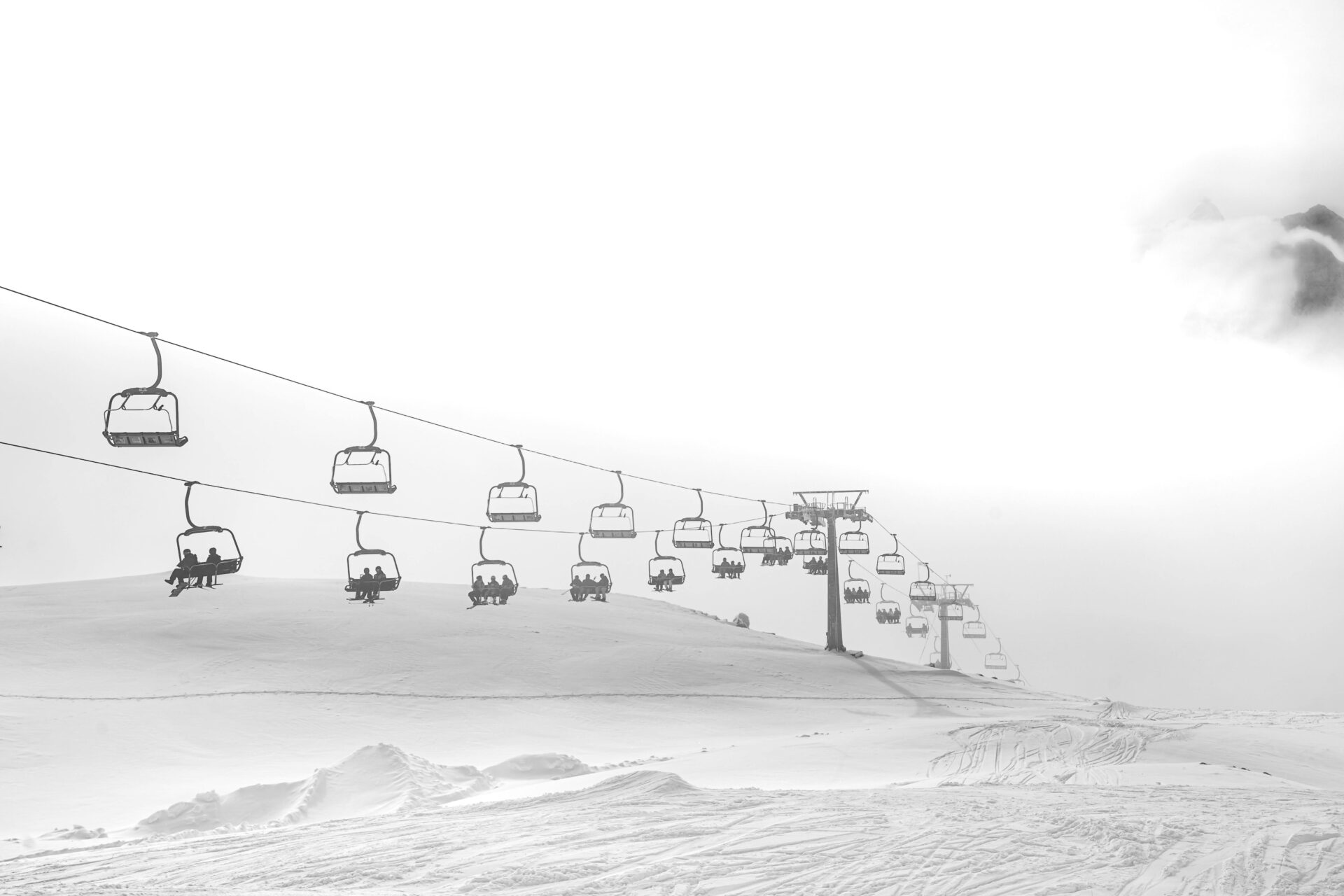
Adventures on the Trails: Hiking and Walking
With dramatic peaks, deep valleys, and meadows full of wildflowers, Oberstdorf and the Allgäu Alps are a hiker’s paradise. There’s something for everyone—short scenic walks or tough high-altitude hikes, and the trails change with the seasons.
Top Hiking Trails for Every Level
What I love about hiking here is the sheer variety. Beginners can try the Stillachtal Valley loop—easy, with classic Alpine views and barely any climbs.
If you’re up for a challenge, the Nebelhorn route is a must. It’s famous for its vistas, and there’s a cable car if you want to save your knees on the way down.
Here’s a quick look at trail options:
| Trail Name | Difficulty | Highlights |
|---|---|---|
| Stillachtal Loop | Easy | Meadows, mountain streams |
| Nebelhorn Summit | Challenging | Panoramic views, wildflowers |
| Oytal Circuit | Moderate | Forest, alpine pasture |
| Fellhorn Ridge | Moderate-Hard | Ridges, photo spots |
Some trails, like Oytal Circuit, mix peaceful forests with open meadows. Each hike feels like a new discovery, whether you’re down in the valley or up on a ridge.

Family Walks and Accessible Paths
Bringing my family along, I really appreciate how many trails are marked and easy for kids or anyone who isn’t into steep climbs.
Wide gravel paths lead through valleys and past little farms, so walks are relaxed and safe. The Oberstdorf to Gerstruben hike is perfect for spotting flowers and watching cows amble by.
Some routes are not just stroller-friendly but also wheelchair accessible, like the one to the Moorweiher nature reserve. Benches and picnic spots pop up everywhere, making it easy to stop for a snack or just breathe in the mountain air.
It’s honestly great that nearly everyone can get outside here, no matter their hiking skills or age.

Famous Landmarks: Breitachklamm Gorge and Moorweiher
The Breitachklamm Gorge blew me away. The rushing Breitach River carved out this narrow canyon, and the sound of the waterfalls bouncing off the stone is just wild.
Walkways and bridges get you right up close—even in winter, when ice turns the place into a frozen wonderland.
Moorweiher is another favorite—a small lake and nature reserve just outside Oberstdorf. The trail circles the water, with benches and reed beds for quiet breaks.
In spring and summer, I watched dragonflies zip around and frogs jump at the shore. If you love nature photography or want a peaceful walk, these spots are perfect.

Seasonal Hiking: Summer Versus Winter
Hiking in Oberstdorf shifts completely with the seasons. Summer brings wildflowers, light breezes, and long days—perfect for high-altitude hikes like the Himmelschrofentour.
I love packing a picnic and finding a grassy spot to sprawl out and take in the views.
Winter turns many summer trails into snowshoe or winter hiking routes. The town grooms some paths, so you can walk even when snow covers everything.
Trekking through snowy larch forests or beside frozen streams is honestly magical. The Breitachklamm stays open in winter too, with icicles and sparkling rock walls that make it feel like another planet.
No matter when you visit, the Allgäu Alps promise adventure and scenery that sticks with you.
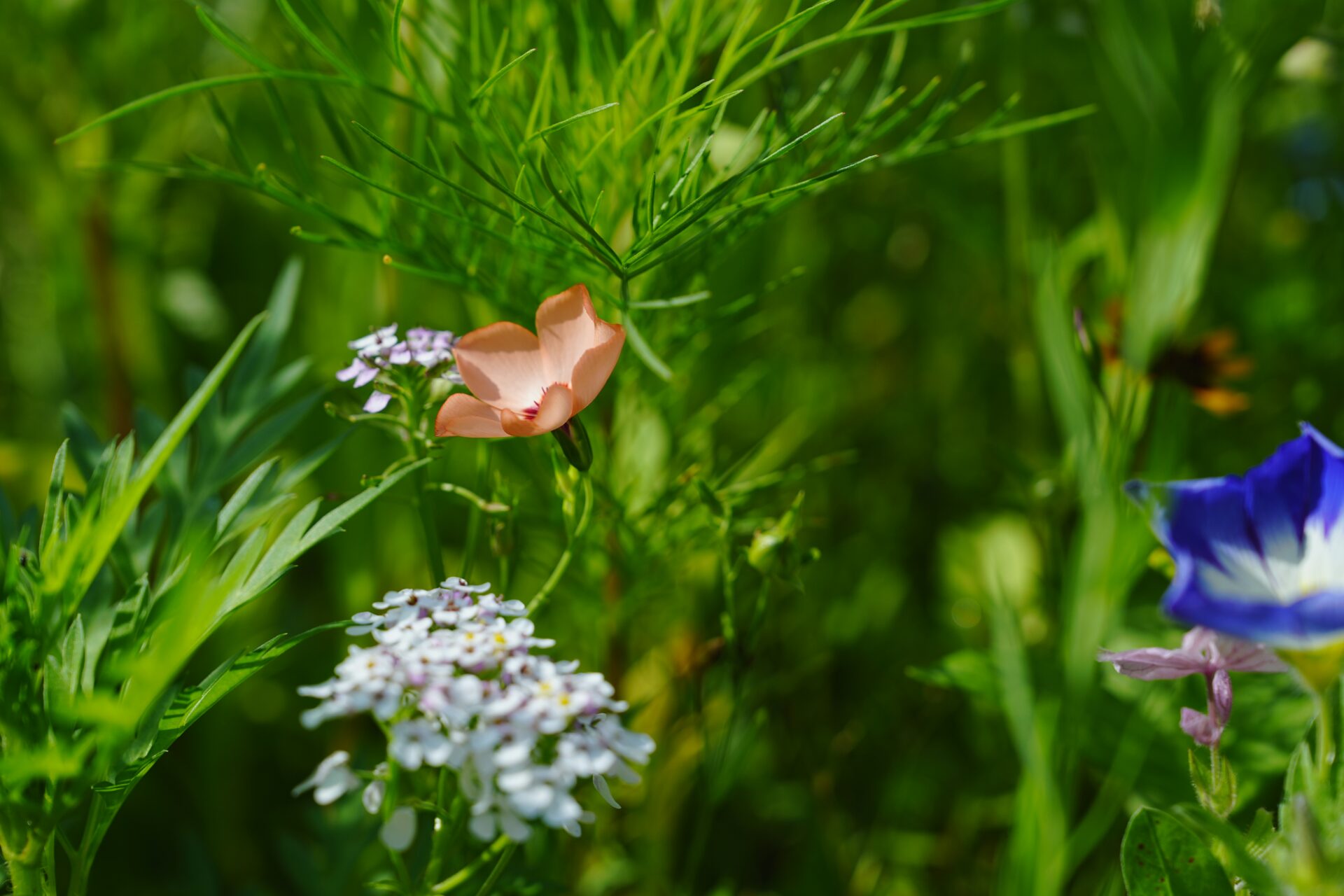
Skiing, Snowboarding, and Sky-High Ski Jumps
Oberstdorf is a true winter sports hotspot, whether you’re into world-class ski jumps or just want to carve through powder.
Skiers can pick between steep runs, family-friendly slopes, or cross-country trails winding through snowy forests.
Oberstdorf’s Legendary Ski Jumps and Schattenberg
You can’t miss the ski jumps in Oberstdorf—especially the Heini-Klopfer ski flying hill and the Schattenberg jump. I remember standing at the base of the 70-meter start tower, looking up and just thinking, “No way.”
The Heini-Klopfer-Skiflugschanze is Germany’s biggest, and it draws huge crowds for competitions every year.
If you head up the Schattenberg jump, where the Four Hills Tournament kicks off, you’ll get sweeping views over the valley. Even if you don’t jump, the buzz is contagious.
There’s a ski museum nearby where I learned all about the history of ski jumping in this area.
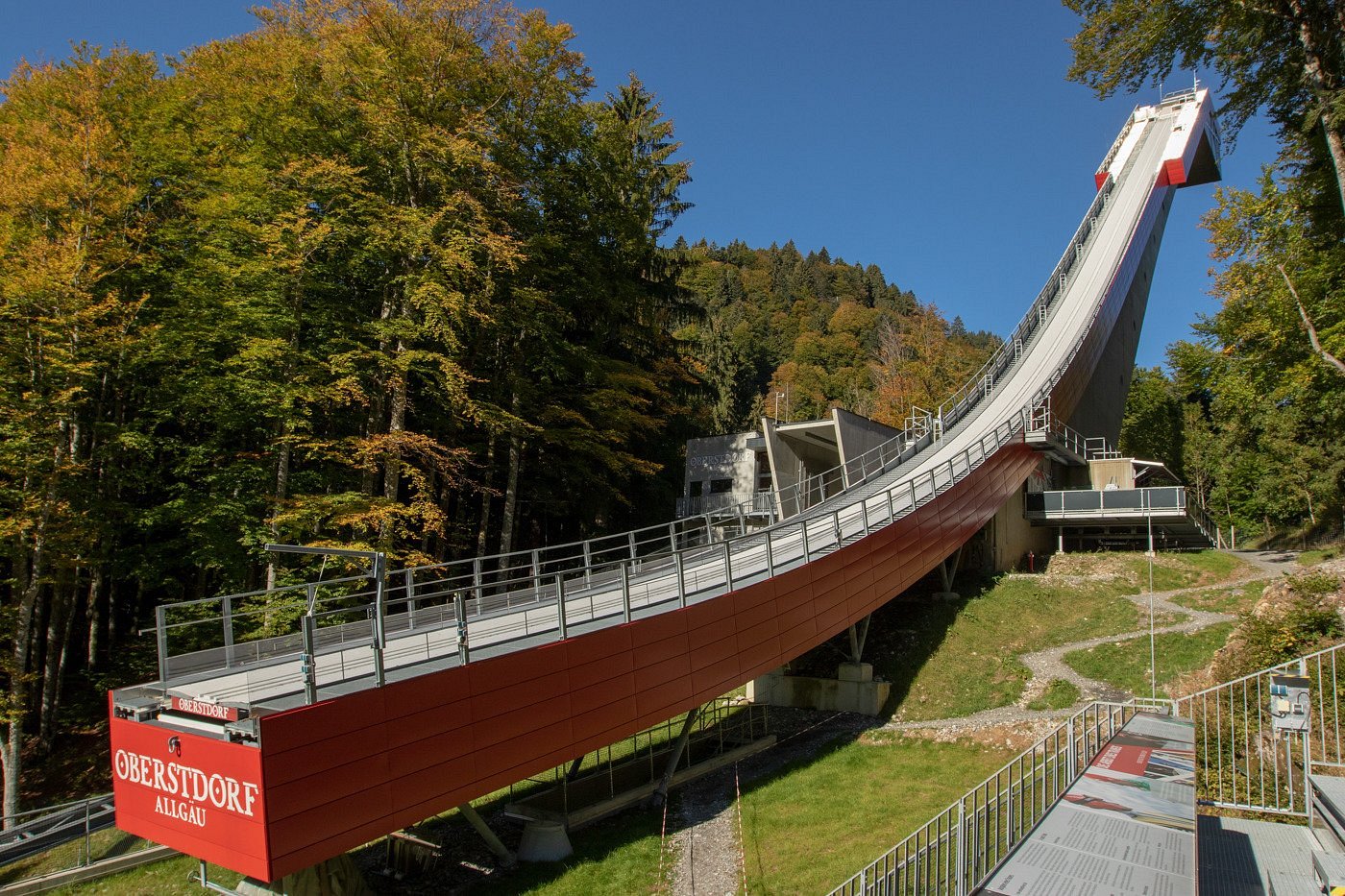
Downhill Runs: Nebelhorn, Fellhorn, and Söllereckbahn
When it comes to downhill skiing, Nebelhorn, Fellhorn, and Söllereckbahn quickly became my favorites. Nebelhorn’s 2,224-meter summit dishes up crazy panoramas and a long valley run that’s fun for both newbies and seasoned skiers.
I loved weaving down the blue and red slopes, feeling the wind and the crunch of fresh snow.
Fellhorn actually stretches into Austria, so you get this wild “two-country skiing area” experience. I skied from Germany into Austria and back before lunch.
Söllereckbahn is perfect for families—wider, gentler slopes make it less intimidating for beginners. The mix of terrain across all three mountains kept every day on the slopes feeling new.

Cross-Country Ski Trails and Two-Country Skiing
Oberstdorf isn’t just about downhill. The cross-country ski trails here are some of the best I’ve seen—over 70 kilometers of groomed tracks through snowy meadows and forests.
Routes are marked for every skill level, so I could pick a short loop for a quick morning or a longer one if I felt ambitious.
The highlight for me was skiing across the border into Austria. The two-country skiing area isn’t just a catchy name—it’s real.
Gliding between nations, crossing quiet bridges, and soaking up winter scenery felt pretty special. Trail centers have clear maps, and I always found a warm hut with hot chocolate when I needed a break.

Snowboarding Spots and Winter Sports
Snowboarders have a lot to get excited about here. Fellhorn and Nebelhorn have wide slopes and snow parks with jumps and rails.
I watched groups of riders working on tricks while beginners practiced turns on the gentler runs.
There’s more than just skiing and boarding, though. I spotted families trying snowshoe hikes and winter walks on marked trails.
Sledding hills are easy to find, and local guides even run night tours under the stars. Whether you’re racing downhill, floating through powder, or watching pros soar off the ski jumps, Oberstdorf’s winter scene is just packed with energy.
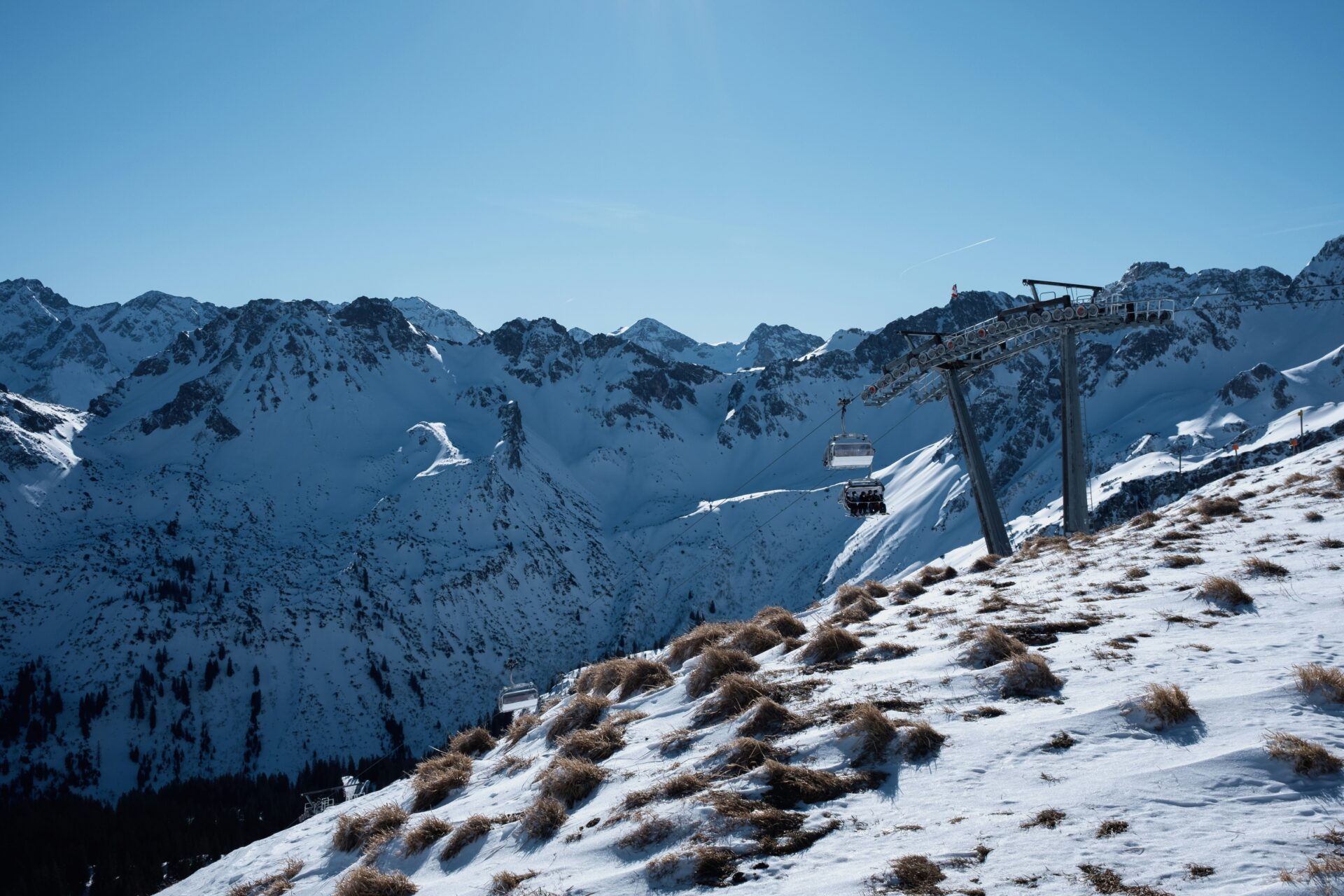
Beyond the Mountains: Unique Attractions and Activities
When I needed a break from mountain peaks and ski runs, Oberstdorf surprised me with all sorts of unique places and activities.
From historic villages and mountain lakes to biking trails and flower-filled valleys, there’s always something new waiting around the corner.
Gerstruben and the Illerursprung
One hike I loved took me up to Gerstruben, an old mountain village that feels almost frozen in time. Rustic wooden farmhouses line narrow paths, and a small museum lets you peek into how tough life was high in the Alps.
The quiet here really stands out. Gerstruben sits above the Illerursprung, where three mountain streams join up and create the Iller River.
Clear water rushes over stones, framed by forests and tall grass. I brought a picnic and just watched hikers cross the simple wooden bridges.
Highlights:
- Alpine views and photo spots
- Historical buildings
- Start of the Iller River
- Calm atmosphere, away from crowds
If you want a peaceful walk with a bit of history, this spot is perfect.
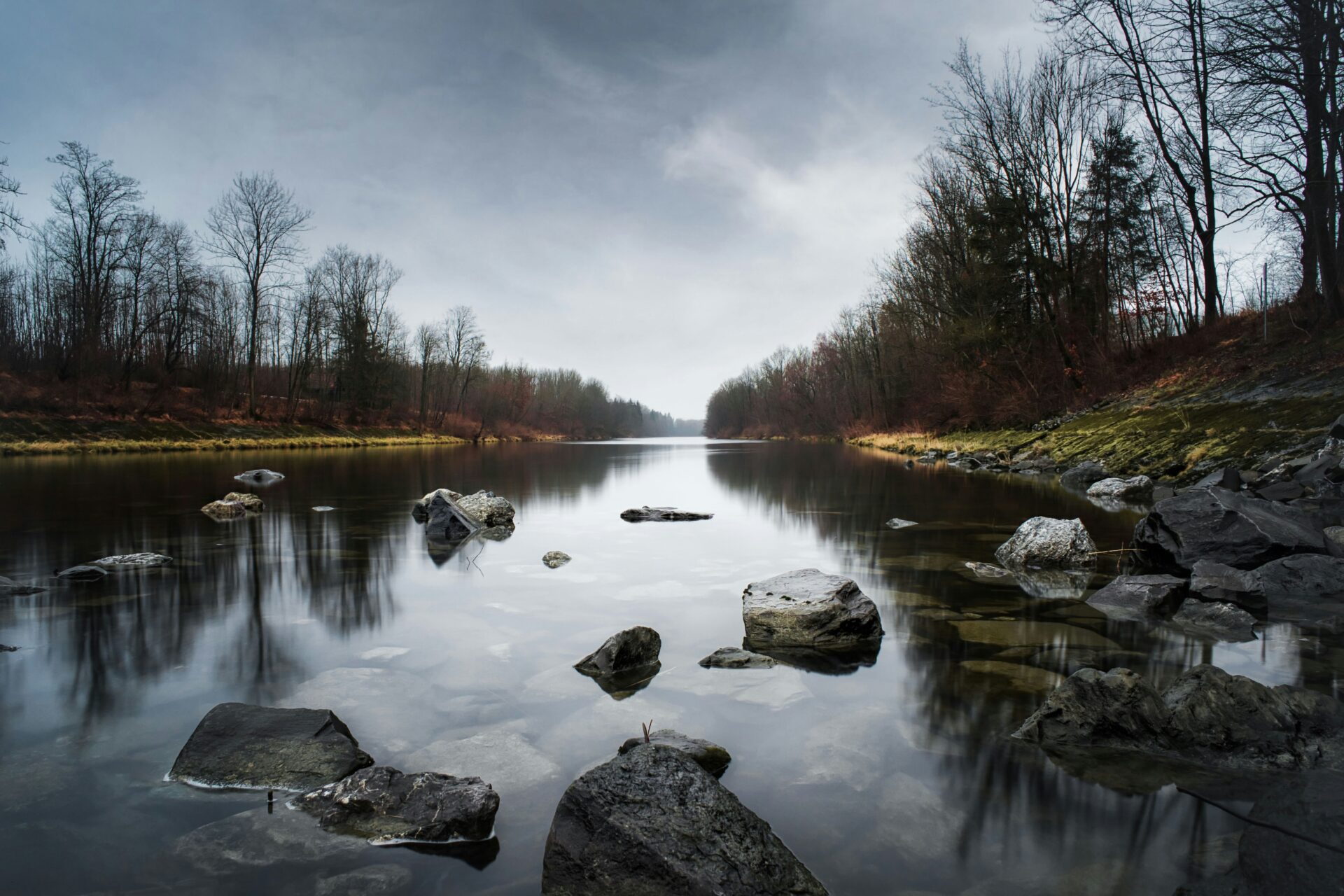
Loretto Chapels, Freibergsee, and Swimming
Visiting the Loretto Chapels gave me a quiet, spiritual moment on my trip. Three lovely chapels stand together in a wide field, surrounded by trees and wildflowers.
I spent time just sitting on a bench, watching golden sunlight pour through the windows. Not far from there, Freibergsee waits—a deep, clean mountain lake that’s perfect for swimming in summer.
The water feels so refreshing, especially after a hot hike. There’s a small beach and a wooden dock, which is just right for jumping straight in.
What I enjoyed:
- Chapel interiors with painted ceilings
- Easy trails between the chapels and the lake
- Cool, clean water for swimming
- Rentals for rowboats and paddleboards
This is where I really started to feel like I was on vacation, not just wandering around.
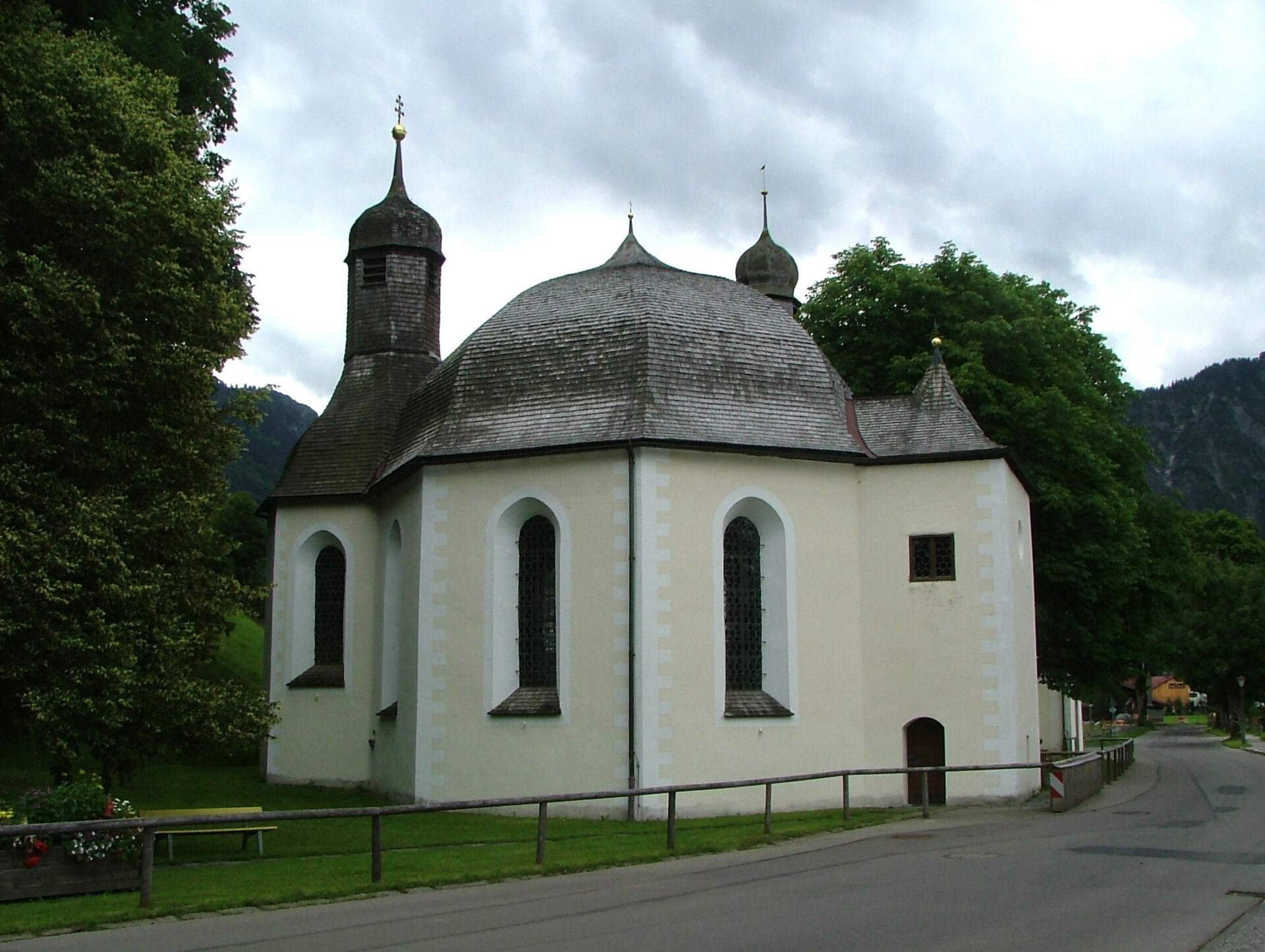
Oytal and Hoher Ifen: Hidden Gems
Oytal Valley surprised me more than any other place. It’s just a short walk or cycle from Oberstdorf, but it feels wild and remote.
High cliffs, fast streams, and green meadows fill the view. I saw cows grazing and even spotted marmots along the trails.
A cozy hut called Oytalhaus tempted me to stop for apple strudel. From there, trails lead toward Hoher Ifen, a wide rocky mountain with huge limestone cliffs that look stunning up close.
Hoher Ifen isn’t as famous as some other peaks, but it really deserves more attention.
Why visit Oytal and Hoher Ifen?
- Quieter hiking paths
- Traditional Alpine food at local huts
- Dramatic rock formations
- Chance to spot wildlife
For me, it felt like stepping into a secret part of the Alps.
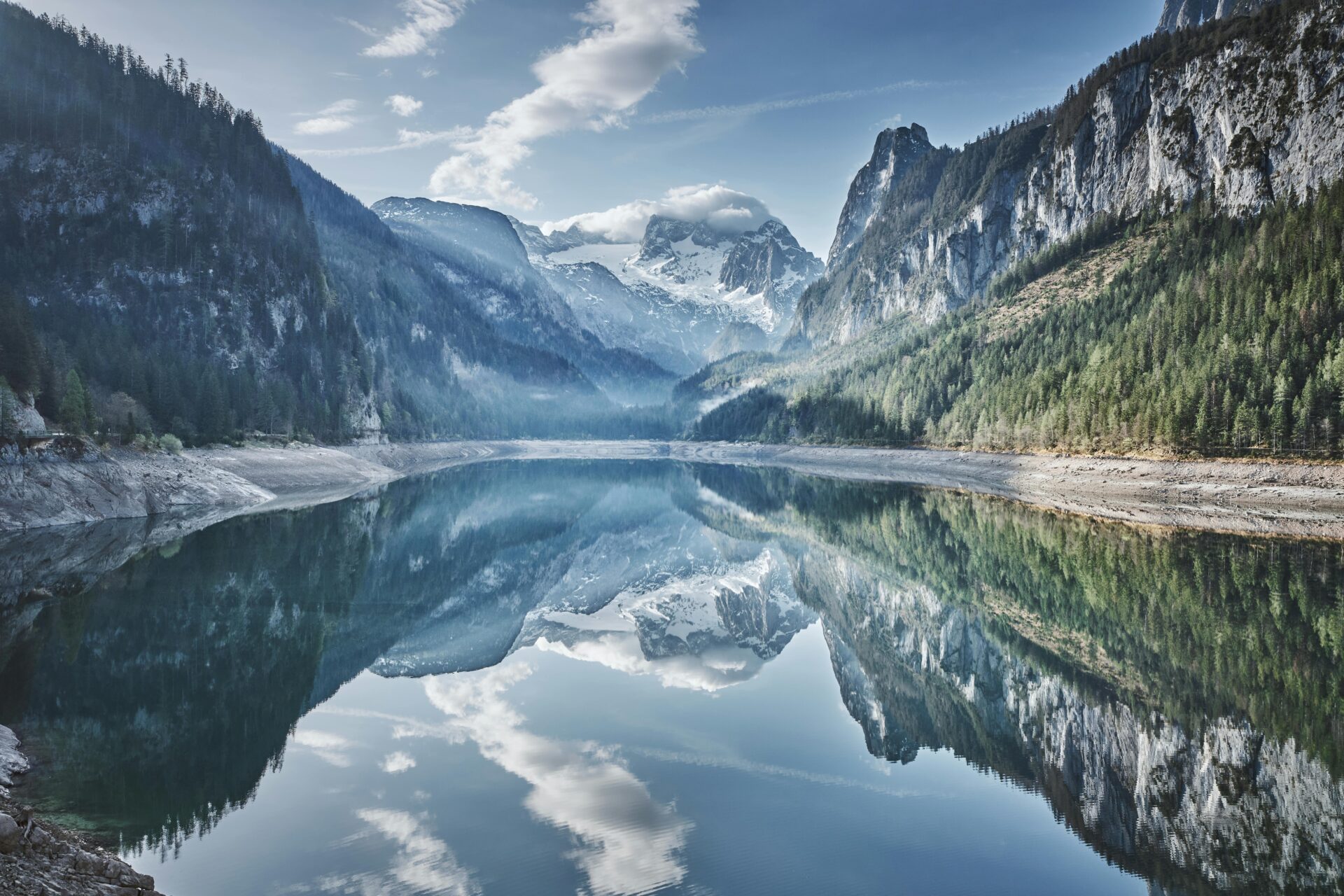
Mountain Biking and More Outdoor Fun
Oberstdorf isn’t just about hiking. I rented a mountain bike and explored forest trails, riverbanks, and hillsides.
There are routes for every level, from easy village cycles to steep climbs with sweeping views. Besides mountain biking, there’s a ton of outdoor fun.
In summer, you can try paragliding, golf, or even summer toboggan runs. For families, the wide meadows and playgrounds offer space to play and relax.
Other Activities:
- Road cycling and E-bike routes
- Nordic walking trails
- Guided climbing and canyoning tours
- Paragliding launches with views of the Alps
Trying different activities kept my days exciting and let me see all sides of Oberstdorf and the Allgäu Alps.
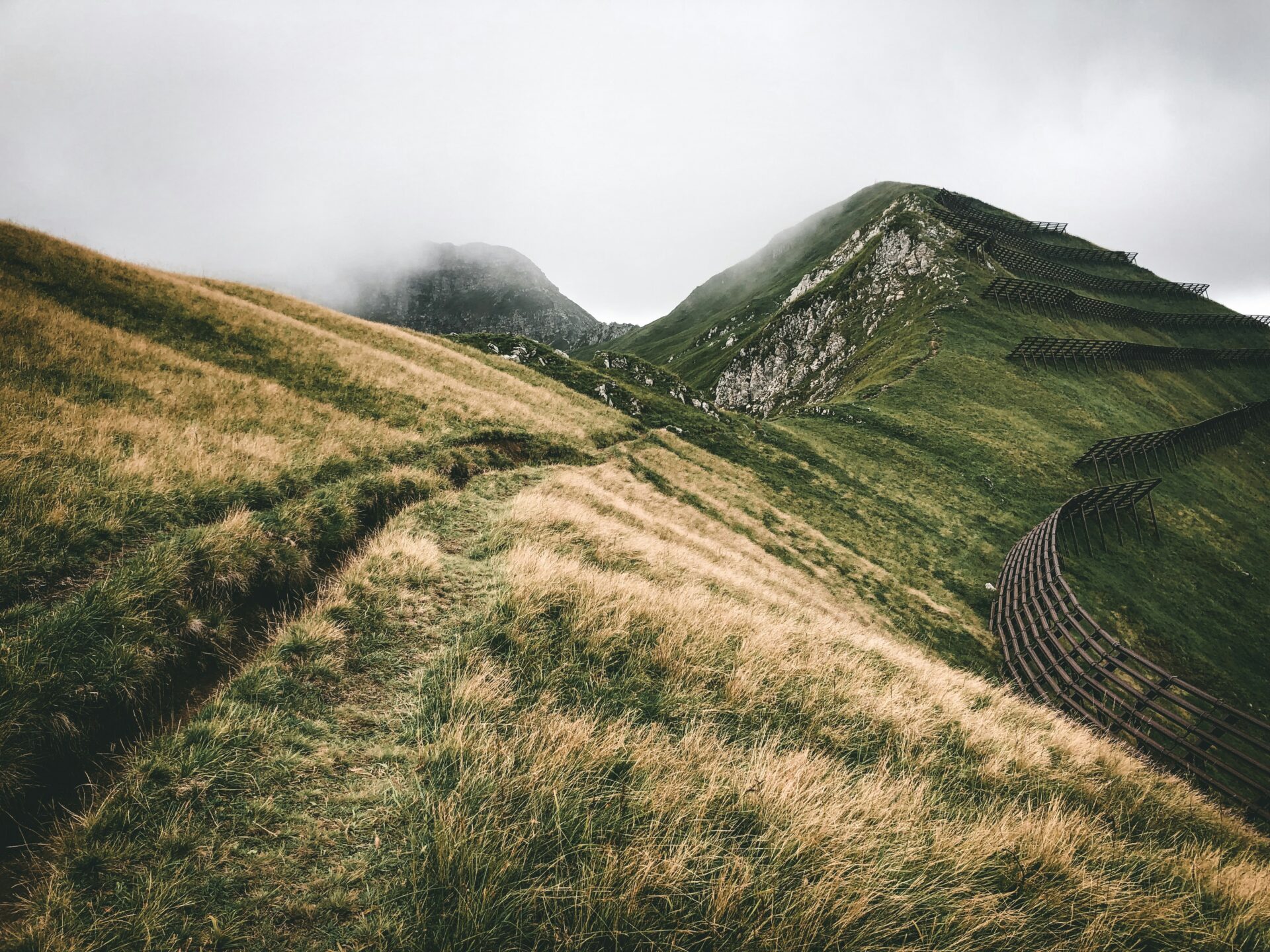
Plan Your Southern Bavarian Escape
Staying in Oberstdorf and the Allgäu Alps offers more than just amazing views. You get cozy places to sleep, hearty Bavarian meals, lively festivals, and easy ways to get around.
The local weather means you should pack smart, and the euro makes shopping and dining simple.
Accommodation Choices for Every Traveler
When I first arrived in Oberstdorf, I noticed everything from alpine chalets to sleek modern hotels. Rustic gasthofs with wooden beams and flower boxes really suit anyone who wants that classic Bavarian feel.
For families, many guesthouses offer apartment rentals with kitchens. That felt especially handy during longer stays.
Luxury seekers can book spa hotels with mountain views and pools. Solo travelers can grab a bunk in a clean hostel or budget pension.
Many hosts include a breakfast buffet with local cheeses, fresh bread, and mountain honey—honestly, I still miss it! Book your place ahead during peak ski season or summer holidays.
| Accommodation Type | Best For | Price Range |
|---|---|---|
| Guesthouses (Gasthofs) | Couples, families | €60–€120/night |
| Hotels & Resorts | Luxury, relaxation | €130–€300/night |
| Hostels & Pensions | Solo, budget | €30–€60/night |
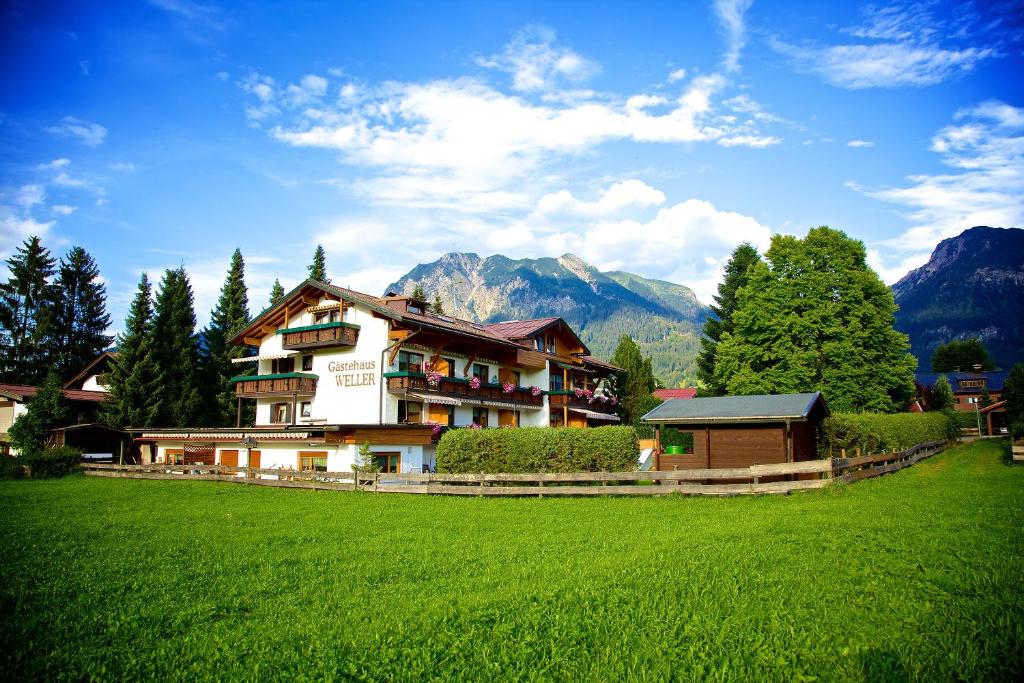
Recommended Restaurants, Bars, and Shops
Oberstdorf is a haven for food lovers like me. I always start at a Berghütte (mountain hut) for a hot bowl of Käsespätzle or crispy Schweinshaxe after a hike.
The “Kurpark” area has cafes and bakeries perfect for coffee and apple strudel. For dinner, I like traditional restaurants such as “Zum Wilden Mann” or “Restaurant Allgäu.” Both serve hearty Bavarian fare with local beer on tap.
Don’t skip the craft beer bars tucked in side streets—many have live music on weekends. Local shops in the village center offer everything from hiking boots to handmade souvenirs.
Sometimes I just browse for Allgäu cheese and small wooden carvings. Most places take card payments, but it’s smart to keep a few euros for smaller shops and local markets.
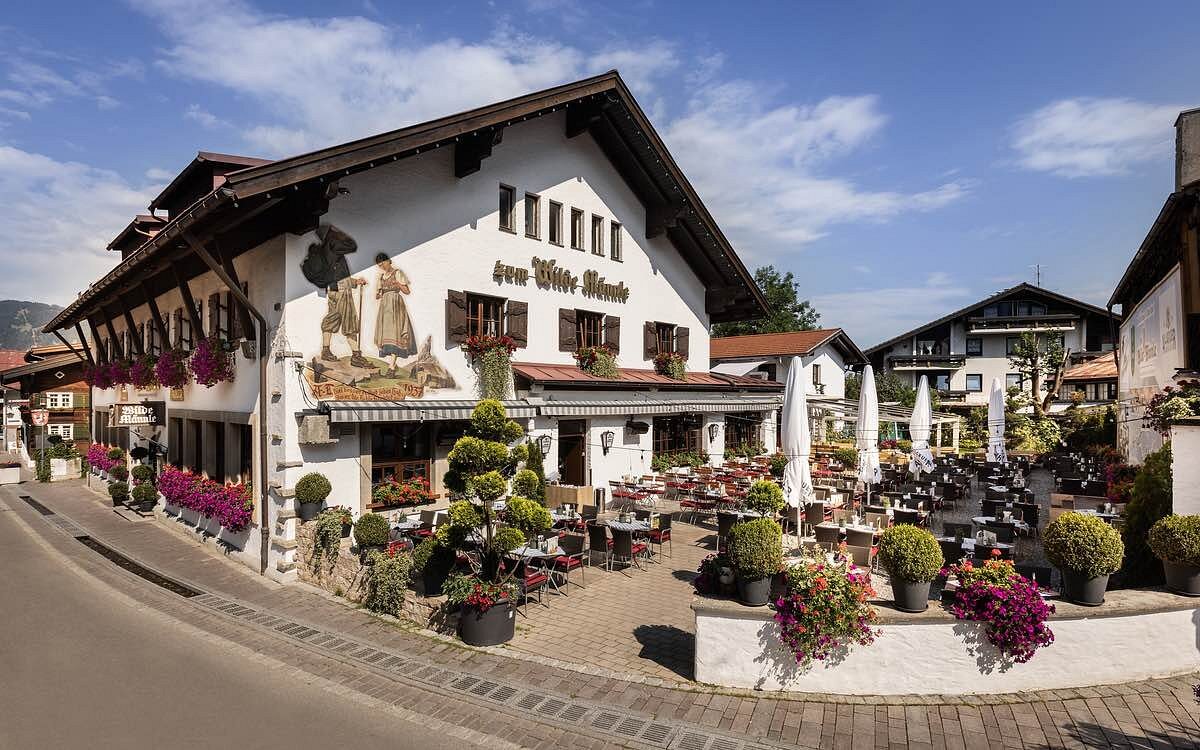
Transportation and Getting Around
Getting to Oberstdorf is pretty simple by train from Munich, usually on a direct route. Once you arrive, public buses connect most trails, ski lifts, and nearby villages.
The local bus system, included with the “Oberstdorf Card” from many accommodations, made hopping around effortless for me. I rarely needed a car since the main sights and shops are walkable.
Bikes are easy to rent, and many roads are marked for cycling. For day trips, trains run to nearby towns like Sonthofen or Kempten.
If you fly in, the nearest airports are Memmingen or Munich. Bus schedules run on time, but they do change for holidays or festivals, so I’d check in advance.
Tickets are affordable, and many guesthouses throw in free public transport passes with your booking.

Festivals, Weather Conditions, and Practical Tips
Oberstdorf really loves its festivals. Jumping into one is honestly the easiest way to soak up the local vibe.
In winter, you’ll find the famous Ski Jumping World Cup and Christmas markets. I can still picture myself sipping mulled wine while snowflakes drifted down. Summer turns the village into a stage for music parades and open-air folk dances.
Alpine weather doesn’t mess around—it can flip in a heartbeat. June through September usually means warm days, sometimes up to 25°C, but nights get chilly.
Winter stays frosty, which is perfect if you’re into skiing. Pack layers, waterproof shoes, and don’t forget a hat for those mountain winds.
Most folks speak English, but tossing out a “Grüß Gott” always feels more welcoming.
Shops shut early on Sundays and holidays, which can catch you off guard. Check out local events—you might stumble onto a farmers’ market with fresh Allgäu cheese, honey, or wildflower goodies.
It’s handy to carry a few euros, especially if you’re buying from stalls or at festival stands.

